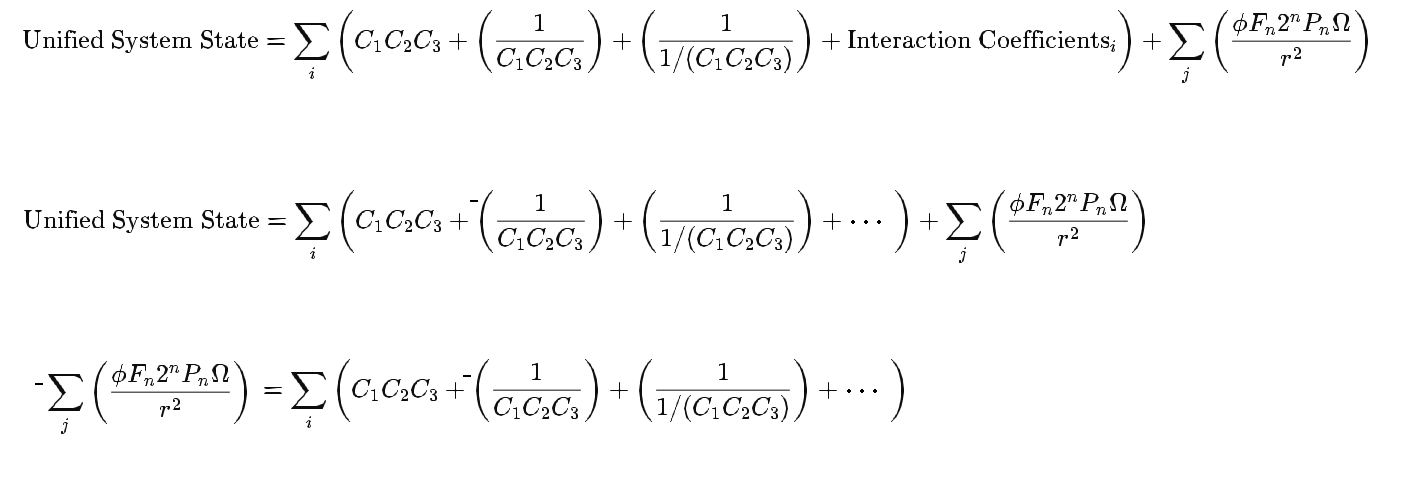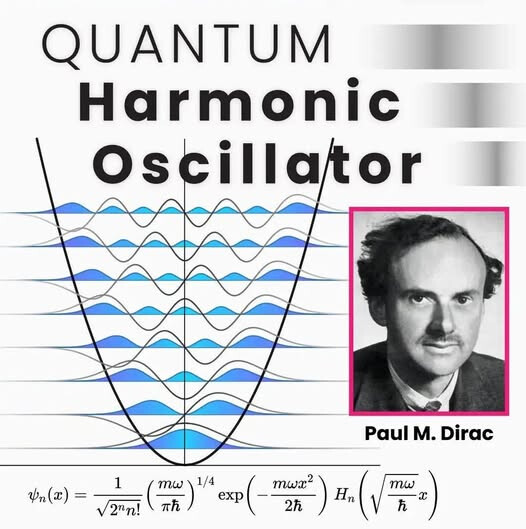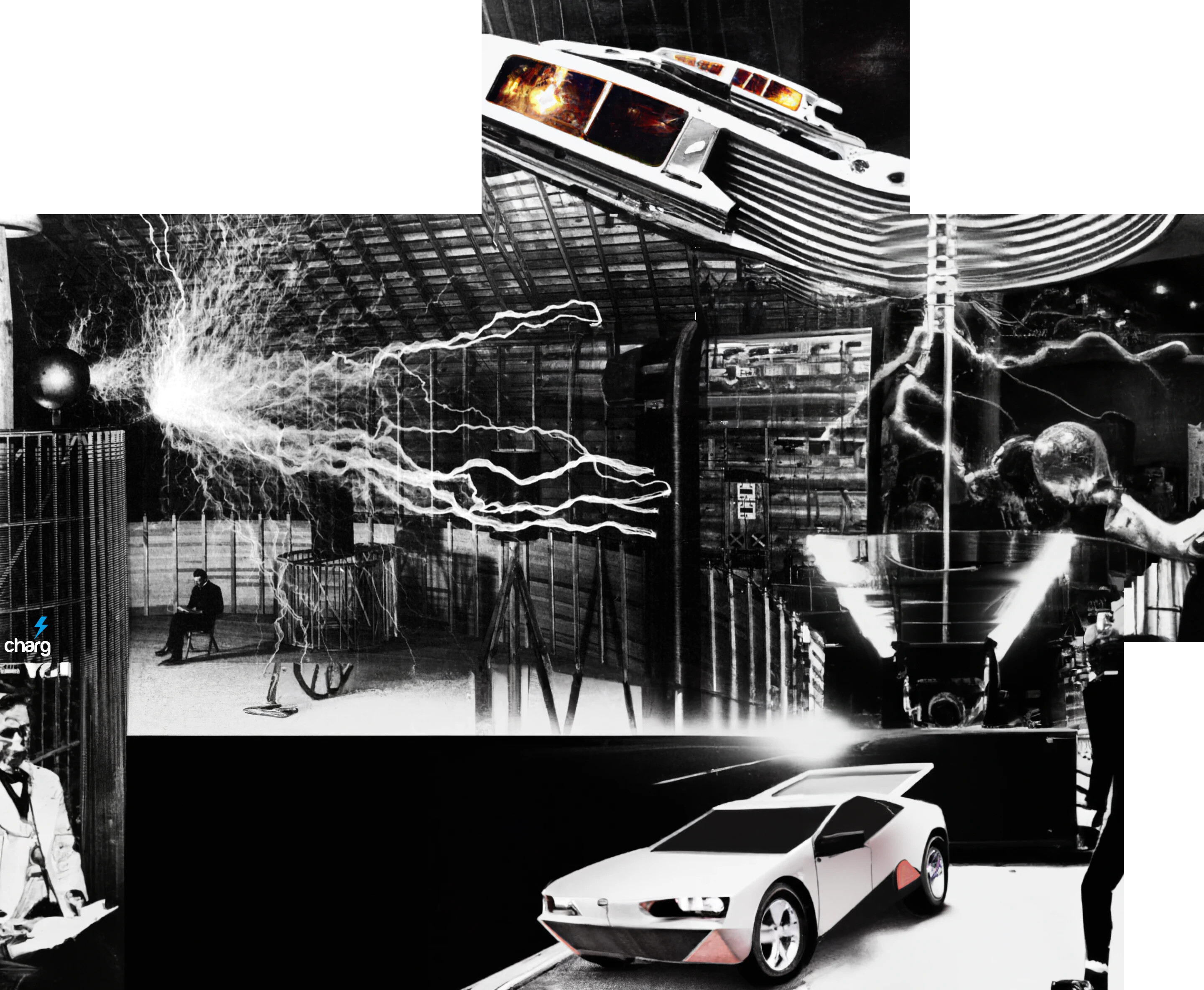My chemistry teacher in hs literally wrote the textbook. He cracked the joke all the time “you know the worst teacher is the one who wrote the textbook.” Hilarious. I didn’t really like chemistry. Not Mr. H20-man’s fault (yes that was his name!), I just didn’t like how random it had seemed. Such as it is, I’m beginning to see the silver lining. If we take an MeV approach, however, and we focus on Iron as our nonce element with our keystone equations, it starts to behave a little more deter…
NOTE TO SELF: I NEED TO ASSUME THESE TERMS OR SCALES WERE REPRESENTED ALREADY, AS I THINK THEY WERE, OFF-HAND. Redundancy may be the mother of all safety in some instances, but in other’s it’s annoying!
To Do: (rough draft)
-SUMj((phiFn 2^nPn Ohm)/r^2)) = SUMi((C1C2 C3) - (1/(C1C2 C3)) + (1/(1/(C1C2 C3))) + ⋯)
-SUMj((phiFn (2n)^nPn Ohm)/r^n)) = SUMi((C1C2C3) - (1/(C1C2C3)) + (1/(1/(C1C2C3))) + ⋯)
PROMPT:
Did you consider all possible proportionality constants in the following equations in assembling your last message?
Funified (expressed in Hz) = (ϕFn2^nPnΩ)/(r^2)
Funified*meters (expressed in Hz) = (ϕFn2^nPnΩ)/(r^2)(meters)
[image]
[image]
[image]
[image]
[image]
PROMPT:
What are the implications of this framework in place of traditional physics?
[image]
[image]
[image]
[image]
[image]
[image]
[image]
" Conclusion
This framework offers a radical rethinking of tr…



